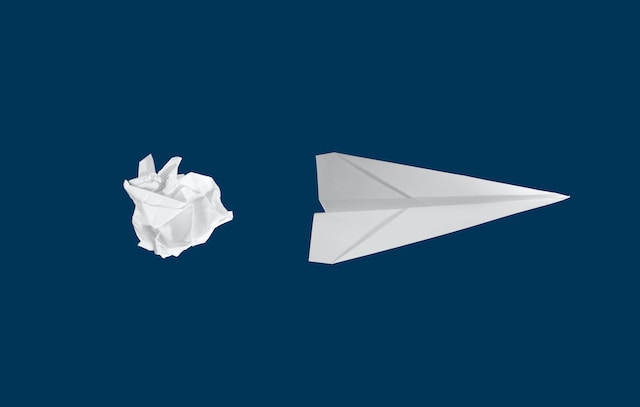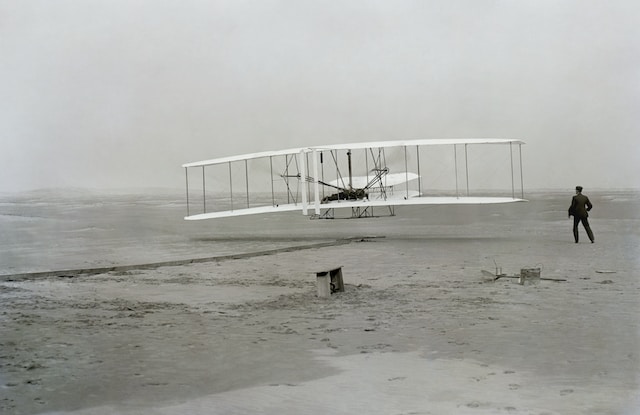Innovation refers to the process of creating new or improved products, services, or processes that provide value to customers or society. Invention, on the other hand, refers to the creation of a new product, process, or technology that has not existed before.
What is innovation?
(Photo by Matt Ridley on Unsplash )

Innovation is about taking something that already exists and making it better. It’s about finding new ways to do things, and making them happen. Invention is about coming up with something completely new.
Most innovations are incremental improvements to existing products, services or processes. They make them better, faster, or cheaper. But some innovations are disruptive – they create new markets and value networks, and eventually replace existing ones. Disruptive innovations start as low-end or convenience products or services and then move upmarket, eventually displacing established competitors.
Innovations can be big or small. They can be technological (like the invention of the wheel or the creation of a new manufacturing process) or they can be business model innovations (like Uber’s ride sharing platform). The important thing is that they create value – for customers, businesses or society.
What is invention?
(Photo by History in HD on Unsplash)

Invention is the creation of a new product or process. It involves an idea that is new, and it is the first time that this idea has been put into practice. Innovation, on the other hand, is the implementation of a new or improved product or process. Innovation can be based on a new invention, but it does not have to be. Innovation can also involve taking an existing product or process and making it better.
Innovation Vs. Invention – Key differences
Innovation and invention are two terms that are often used interchangeably, but there is a big difference between the two. Innovation is about improving upon something that already exists, while invention is about creating something completely new.
Innovation can be incremental or radical. An example of an incremental innovation would be a new feature on an existing product, like a new color for a shirt. A radical innovation would be something completely new, like the iPhone. Invention is always radical because it’s creating something that has never existed before.
Invention requires creativity and imagination, while innovation can be more strategic. Innovations are usually driven by a need or problem that needs to be solved, while inventions are often the result of someone thinking outside the box and coming up with a new idea.
Inventions are always protected by patents, while innovations may or may not be. Patents give inventors the exclusive rights to their invention for a certain period of time, which allows them to profit from their creation. Many companies encourage innovation within their ranks without seeking patents for those ideas, however.
So, in summary: invention is about creating something completely new, while innovation is about improving upon something that already exists. Innovation can be incremental or radical, and it is usually driven by a need or problem to be solved. Inventions are always protected by patents, while innovations may or may not be.
Examples of innovations
There are many examples of innovations that have had a profound impact on society. Some of the most notable examples include:
- The creation of the internet, which has revolutionized communication and commerce
- The development of the personal computer, which has transformed the way we work, play, and learn
- The introduction of life-saving medical technologies, such as vaccines and surgeries
- The invention of new transportation technologies, such as cars and airplanes
- The creation of new energy sources, such as solar power and nuclear power
These are just a few examples of innovations that have changed the world for the better. In many cases, it is the combination of several different innovations that leads to even greater progress.
Examples of inventions
There are many examples of inventions that have changed the world. The light bulb, the automobile, the telephone, and the computer are just a few of the most important inventions in history. Each of these inventions has had a profound impact on society and has led to further innovation.
How is discovery different from invention?
Discovery is the act of finding something that was not previously known. Invention is the act of creating something that did not previously exist. Discovery is passive; it happens without intention or effort. Invention is active; it requires both intention and effort.
What are the types of innovations?
There are three types of innovations: Radical, Incremental, and Disruptive.
Radical innovations are those that create a new market or value network and are characterized by significant technological or business model change. They are typically high risk and high reward, with a small chance of success but the potential for large profits if successful.
Incremental innovations are improvements to an existing product or service and are characterized by much smaller changes than radical innovations. They carry less risk but also have a lower potential for reward, as they build on existing products or services rather than creating something new.
Disruptive innovations upend existing markets or value networks by creating a new one with different values. They are often initially inferior to existing products or services in terms of quality or price but eventually catch up and exceed them. Disruptive innovation is usually associated with startups who challenge established incumbents.
What are the 7 stages of innovation?
There are seven stages of innovation: Idea generation, Screening, Concept Development, Business Analysis, Technology Development, Commercialization, and Diffusion.
Idea generation is the first stage of innovation and is when an individual or team comes up with an idea for a new product or service. This can be done through brainstorming sessions, market research, or simply by observing a problem that needs to be solved. Once an idea has been generated, it must be screened to see if it is feasible and worth pursuing.
Concept development is the second stage of innovation and is when a team takes a great idea and turns it into a detailed concept. This involves fleshing out the details of the product or service, including how it will work, what features it will have, and what benefits it will offer consumers. After the concept has been developed, a business analysis must be conducted to determine if the product or service is viable and profitable.
The third stage of innovation is technology development. This is when engineers take the concepts developed in the previous stage and turn them into a working prototype. This prototype is then tested to ensure that it meets all safety and performance standards. If everything goes well during testing, the product or service moves on to commercialization.
Commercialization is the fourth stage of innovation and is when a product or service is made available to consumers. This can be done through various channels such as retail stores, online platforms, or direct-to-consumer sales.
What are the top 10 inventions in the past 100 years?
- The Internet – The internet has changed the way we communicate, work, and live.
- The Telephone – The telephone has revolutionized communication.
- Electric Light – Electric light has made our lives easier and more efficient.
- The Automobile – The automobile has given us the freedom to travel and explore.
- The Airplane – The airplane has made the world a smaller place and travel much easier.
- Computers – Computers have made our lives easier and more efficient.
- Television – Television has brought information and entertainment into our homes.
- Radio – Radio has kept us informed and entertained for over a century.
- Medicines- Medicines have saved countless lives and improved the quality of life for many more people 10 Vaccines- Vaccines have prevented countless illnesses and saved millions of lives
Featured Image By – SHVETS production








